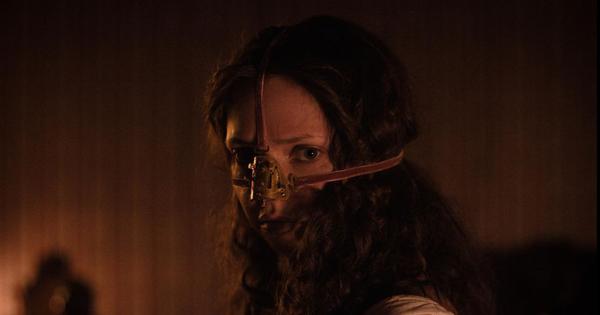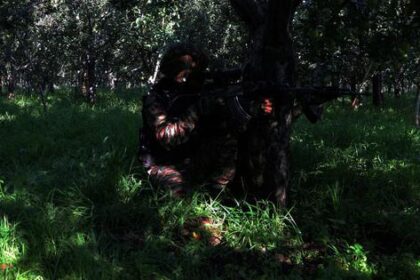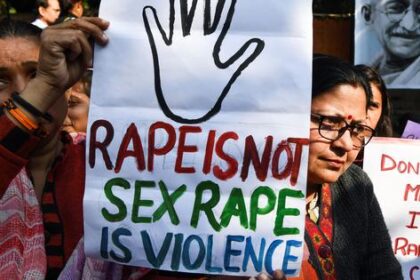Emilie Blichfeldt’s dark satire reinterprets Cinderella through a lens of body horror and societal pressures.
Norwegian director Emilie Blichfeldt’s debut film, The Ugly Stepsister, presents a radical reinterpretation of the classic fairy tale Cinderella. Set in a fictitious European kingdom, the narrative takes a sharp turn towards body horror, as it dismantles the idealized notions of beauty and virtue traditionally associated with fairy tales. Blichfeldt’s approach is akin to a cat approaching a fragile glass object, intent on causing disruption. As the story unfolds, the familiar tale of a noblewoman winning a prince’s affection through her virtue is turned on its head, leaving the original narrative in ruins.
The protagonist, Elvira, played by Lea Myren, is portrayed as socially awkward and grappling with her self-image. With braces on her teeth and battling skin issues, she is described as a kilo too heavy, creating a stark contrast against her step-sister Agnes, who embodies conventional beauty. Elvira’s mother, Rebekka, portrayed by Ane Dahl Torp, is relentless in her pursuit of perfection for her daughter. This leads to painful surgeries and dubious weight loss methods, further emphasizing the pressures placed on women to conform to unrealistic beauty standards.
Within the confines of a finishing school, Elvira receives advice that takes on a darker tone as she begins to transform both physically and psychologically. The film cleverly draws connections between the horror genre and the toxic ideals surrounding female beauty, presenting a narrative that resonates deeply with contemporary issues. The Ugly Stepsister emerges as a critique of the superficial and performative aspects of modern society, where appearance often outweighs substance.
Blichfeldt’s screenplay effectively subverts traditional fairy tale conventions, allowing for a reimagining of character arcs and moral complexities. The film explores themes of good and evil, often blurring the lines between them, and introducing fresh takes on shapeshifting narratives. In a manner reminiscent of horror directors like David Cronenberg, Blichfeldt seeks to shock and amuse her audience simultaneously, drawing attention to the ugliness that permeates the characters’ lives.
The visual style of The Ugly Stepsister is striking, with cinematographer Marcel Zyskind and costume designer Manon Rasmussen crafting vibrant tableaux that highlight the competition among young women vying for the affection of a fickle prince. The film’s aesthetic, coupled with an anachronistic music selection, evokes comparisons to Sofia Coppola’s Marie Antoinette, enhancing the film’s exploration of beauty and societal expectations.
Despite some overreaching moments within its 109-minute runtime, The Ugly Stepsister delivers an unpredictable and engaging experience. The film balances remorseless humor with a palpable sense of anguish felt by young women facing societal pressures. Myren’s performance as Elvira stands out, effectively capturing her character’s awkwardness, self-loathing, and despair. The supporting cast, including Thea Sofie Loch Næss as Agnes and Ane Dahl Torp as the malevolent Rebekka, also deliver strong performances that enrich the narrative, making The Ugly Stepsister a bold and compelling commentary on beauty and identity.








